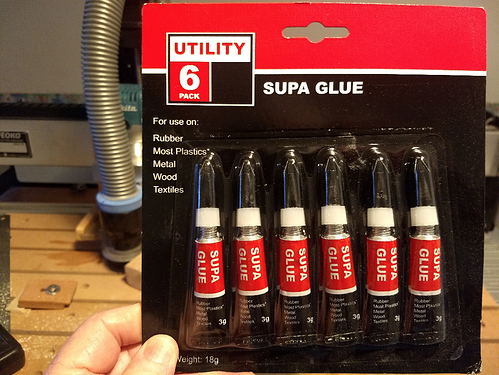As someone who develops new tapes at 3M, I will say that there isn’t much difference in low end tapes made by small manufacturers. They buy cheap natural rubber, mill it, solvate it, coat it, and dry it to result in an ok masking tape. Natural rubber sticks well to a lot of things but has poor shear strength and poor high temperature resistance due to no crosslinking. Nicer tapes use pressure-sensitive adhesives (PSAs) made from styrenic-block copolymers that have better cohesive strength and better shelf-life.
I will note that much of this doesn’t matter for what we do. The chemistry of the PSA doesn’t affect our short usage time much nor does it affect adhesion much because we bond to such high energy substrates (metal and woods). I would focus on using a tape with good adhesion to your substrate and has a thick enough backing to resist slivering (when your tape rips in the lengthwise direction while trying to unroll it) and when removing it.
I’m doubtful of the tape solvent diffusing in. Try smelling the tape and if you can’t smell much solvent, there’s not enough to diffuse and do any harm.
There is a reason to pay for “less sticky” painter’s tape. Just because a tape is “sticky” does not mean it will provide shear strength. Tack is in direct opposition to shear strength in tapes. If you want a sticky tape, it won’t work well as a Command strip holding a painting on a wall. Plus, tack doesn’t correlate to adhesion either. Those are two separate scientific measurements. Tack is the ability of a PSA to quickly wet out onto a substrate, while adhesion is the resistance of that adhesive to separation of the substrates. Since what we do in milling primarily induces shearing forces, we need an adhesive that resists that and not one that only focuses on tensile forces. I did a number of measurements for Winston 2 years ago on double sided tapes, although I didn’t compare them to the masking tape/CA method, and you want a stiff, not terribly tacky tape to best resist shear forces.
I will point out that you will want to use a high quality tape (3M 301+ or 401+, 3M painter’s tape, Frog tape, powder-coating tape, etc.) when you want to stick to medium to low surface energy substrates - plastics, especially HDPE, acetal, LDPE, PP, etc.
That’s cool @Magnum16, I’ve not tried doing that yet. I’ll give it a try.
@CrookedWoodTex - The reason for that is some rubber-based tapes age by crosslinking further until all apparent tack is gone. This happens notably to most masking tapes.
If anyone has any questions on tapes or adhesives, I’d love to answer them. They are way more complicated and way more engineered that most people think. 


